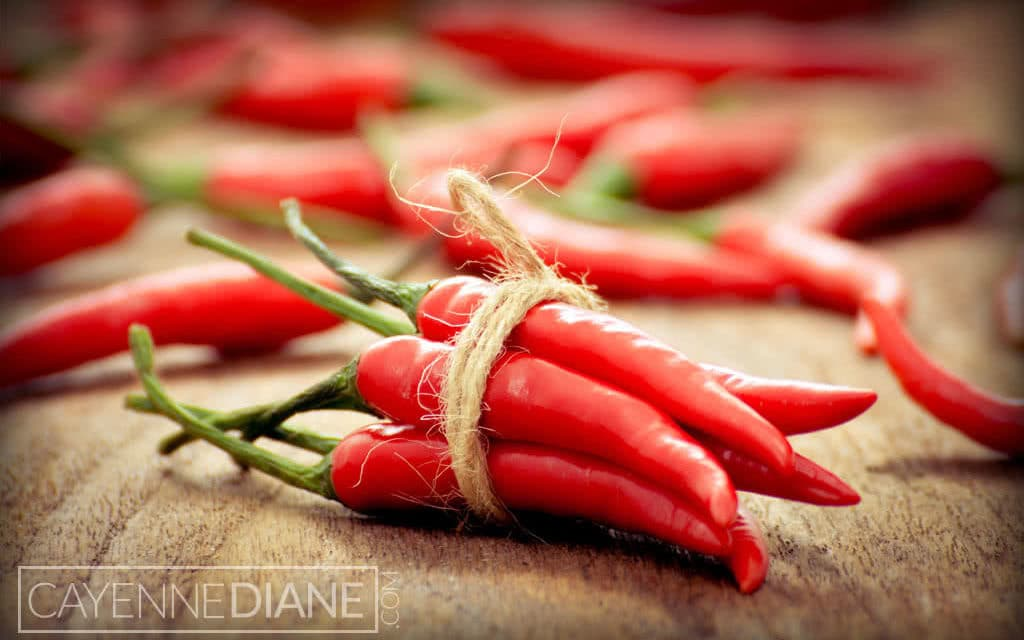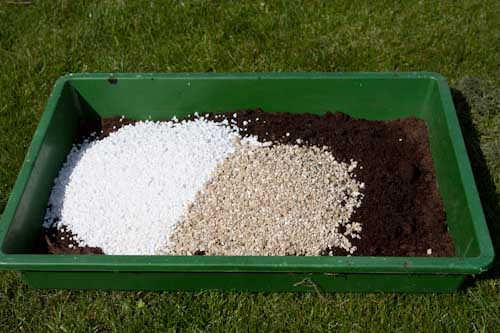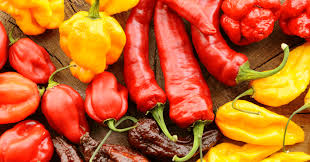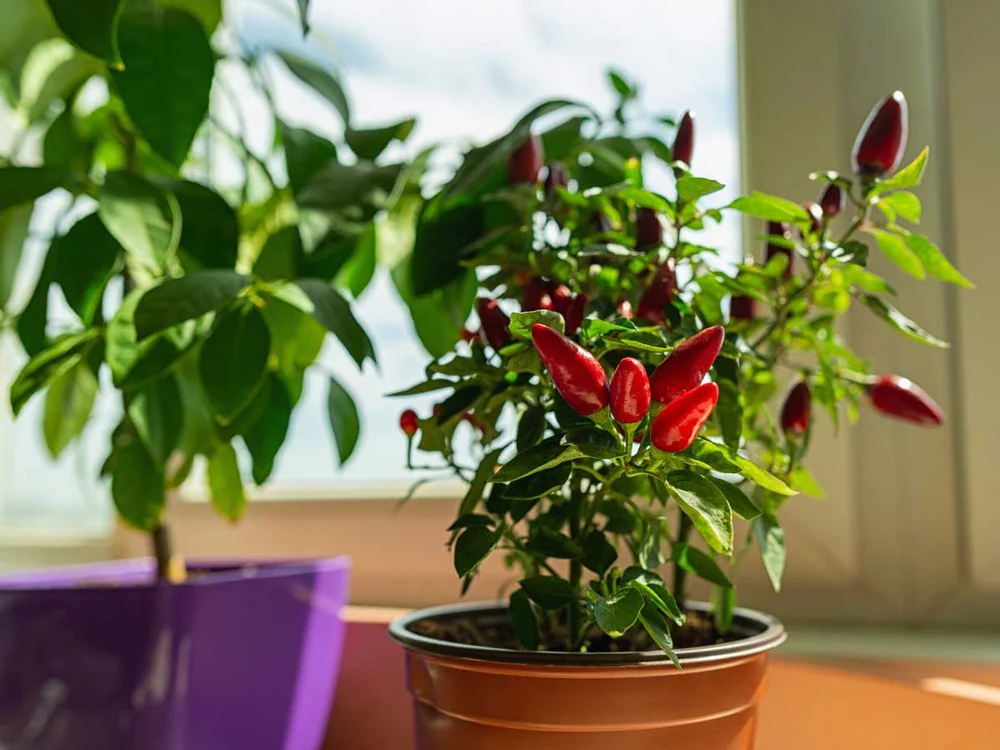By Benedict Vanheems | 14 May 2022
If you’re a fan of fiery foods, growing chili peppers at home can be a rewarding and exciting experience. With their heat levels ranging from mild to intensely spicy, there’s a pepper variety for every palate. Whether you’re looking to create your own hot sauce or simply enjoy homegrown peppers, here’s your guide to growing these heat-packed fruits.
Understanding Chili Pepper Heat
Chili peppers vary greatly in heat, and the Scoville Heat Unit (SHU) scale is used to measure that heat. At the mild end of the spectrum, we find sweet bell peppers (0 SHU), and at the extreme, pure capsaicin—the compound responsible for the heat—reaches a blistering 15 million SHU.

Here’s a breakdown of popular chili peppers and their Scoville ratings:
- Pimiento: 300 SHU
- Anaheim: 1,500 SHU
- Sriracha: 2,200 SHU
- Tabasco: 3,500 SHU
- Jalapeno: 5,250 SHU
- Serrano: 16,500 SHU
- Thai (Bird’s Eye): 75,000 SHU
- Cayenne: 40,000 SHU
- Scotch Bonnet: 225,000 SHU
- Habanero: 445,000 SHU
- Ghost Pepper (Bhut Jolokia): 1,000,000 SHU
- Carolina Reaper: 1.64 million SHU
- Pepper X: 2.7 million SHU
For those truly seeking extreme heat, the Pepper X tops the list, almost hitting 3 million SHU!
Best Potting Mix for Chili Peppers
Chili peppers thrive in well-drained soil. A good potting mix can make all the difference. Combine equal parts of peat-free potting mix and coco fiber, and add a handful of vermiculite for better water retention and drainage. This mixture will provide the right balance of moisture retention and aeration for healthy root growth.

As your chili plants grow, transplant them into progressively larger pots (2-5 US gallons or 8-20 liters). Larger pots reduce the need for frequent watering but require more potting mix, so choose based on your space and needs.
Watering Chili Peppers
Chili peppers are highly sensitive to overwatering. Too much water can dilute the capsaicin, leading to milder fruits. Water your peppers enough to keep them alive, but allow them to dry out between watering sessions. Avoid watering too much as they near harvest to ensure they stay spicy. If growing in pots, check the drainage regularly.
Ideal Growing Conditions
Chili peppers thrive in warm conditions, with temperatures ideally between 70°F to 90°F (21°C to 32°C). In cooler climates, consider growing your peppers in a greenhouse to provide warmth and protection from frost. Be sure to open greenhouse windows for airflow during hot spells, as proper ventilation helps prevent disease.

Managing Pests and Disease
Chili peppers, especially in greenhouses, can be susceptible to pests. Regularly check your plants for signs of aphids or other pests. Encourage natural predators like ladybugs or parasitic wasps to help control the pest population. Keep your growing space clean by removing dead leaves and debris to discourage disease.
Harvesting Your Chili Peppers
Your peppers are ready to harvest when they’ve reached their full size and color. For the spiciest flavor, wait until they’re fully ripe. When harvesting, use scissors or pruners to cut the peppers from the plant—never tug, as this can damage the plant. Be sure to wear gloves to avoid touching the capsaicin oils, and wash your hands thoroughly after handling peppers to prevent irritation, especially before touching your face or eyes.
Conclusion
Growing chili peppers at home can be a fun and spicy challenge, with rewards ranging from mild to intensely hot fruits. By understanding their heat levels, choosing the right potting mix, watering carefully, and providing the ideal growing conditions, you can successfully cultivate these fiery fruits in your own garden. Just remember to handle with care and enjoy the heat!
